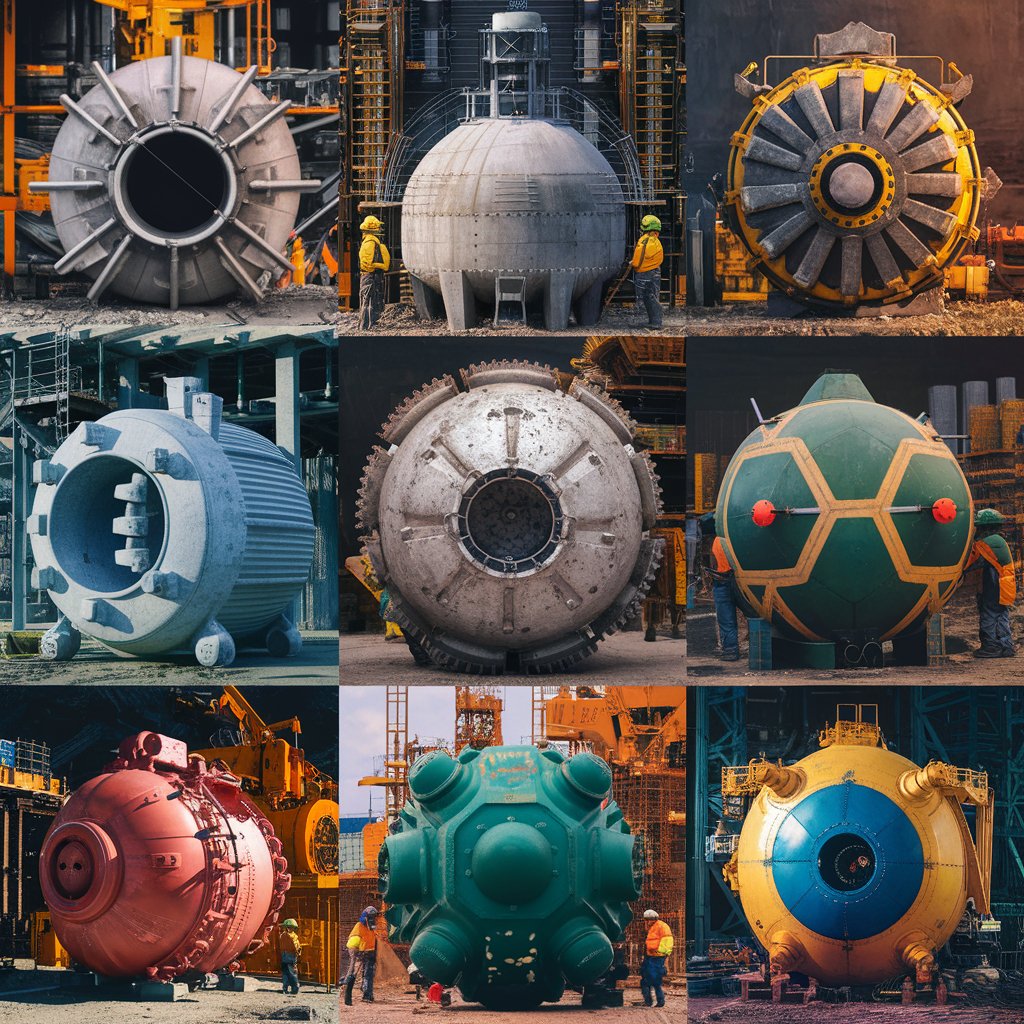Construction Tanks: A Versatile Component
Construction tanks are essential in various construction projects, serving multiple purposes. They are engineered structures designed to hold liquids, solids, or gases, often made from materials like concrete, steel, or fiberglass.

Types of Construction Tanks
- Water Tanks:
- Storage Tanks: For storing potable water, rainwater, or fire suppression water.
- Elevated Tanks: For providing water pressure in distribution systems.
- Underground Tanks: For storing water for various purposes, including irrigation.
- Fuel Tanks:
- Underground Storage Tanks (USTs): For storing gasoline, diesel, or other petroleum products.
- Aboveground Storage Tanks (ASTs): For temporary or permanent storage of fuels.
- Wastewater Tanks:
- Septic Tanks: For treating wastewater in areas without sewer systems.
- Retention Tanks: For holding stormwater runoff to prevent flooding.
- Equalization Tanks: For balancing wastewater flow before treatment.
- Chemical Tanks:
- Storage Tanks: For storing chemicals used in construction processes.
- Reaction Tanks: For chemical reactions during construction processes.
Construction Tank Materials
Polyethylene: Flexible, lightweight, and resistant to chemicals, but has limitations in size and strength.
Concrete: Durable, resistant to corrosion, but heavy and time-consuming to construct.
Steel: Strong, versatile, but susceptible to corrosion without proper protection.
Fiberglass: Lightweight, corrosion-resistant, but less durable than concrete or steel.
Construction Tank Applications
Construction tanks are used in a wide range of applications, including:
- Water supply and distribution systems
- Wastewater treatment and management
- Fuel storage and distribution
- Chemical storage and processing
- Agriculture and irrigation
- Construction site support (e.g., water storage, mud removal)
Construction Tank Considerations
- Tank Size and Capacity: Determine the required dimensions based on intended use.
- Material Selection: Choose the appropriate material based on the stored substance, environmental conditions, and budget.
- Installation and Support: Ensure proper foundation and support structure for the tank.
- Code Compliance: Adhere to local building codes and regulations.
- Maintenance and Inspection: Implement regular inspection and maintenance programs.
